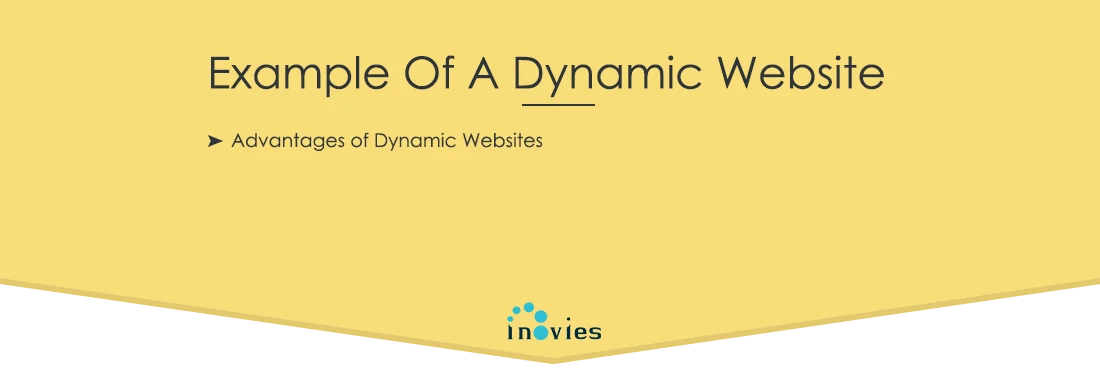
Websites that are built using some sort of coding or scripting are called dynamic websites. Dynamic site is built and developed using server-side coding language like PHP, ASP, JSP,Ruby on Rails etc. In a dynamic website, In dynamic site the content is taken from other databases as and when required by the users.
Dynamic sites are expensive to build, besides they offer many advantages. A dynamic website gives the website owner the flexibility to update any changes in the site. Dynamic websites offer many features which can make full use of the site which draws more interest for the visitors.
A dynamic website uses coding of languages such as HTML, CSS, with some scripting. There are 2 key reasons to be considered to go for a dynamic website.
It helps you to build an interactive site which maximizes the chances of interaction with the users, who can read and use it.
It makes it easier to distribute the HTML coding across the web pages.
A website is called dynamic website, for the reasons stated above. It’s not like facebook or Google+, but it has interactive components such search fields and contact links.Examples of Dynamic website include CMS, blogs which allow users to comment on a site, users uploading documents, discussion blog boards etc.
As per the user needs, the information can be easily pulled in an organized and structured way in dynamic websites. Here you can create pages or categories of related products sorted in a variety of different ways.
Opting a mix of static and dynamic website page would be a best choice, suppose it can go well like when you have the front of the website (entry point) as a static website, subsequently after the user is logged in, you can make redirect to the dynamic part of the service, like a dashboard or a administration panel.
Usually, there are two different types of interactivity on a dynamic site –front-end scripts and back-end-scripts. They also called as client side and server side languages sometimes, and in particular, that is what the next page is about.
In actual fact, client side content produced by client side scripting. Therefore, client-side content is originated on the client’s PC, but not on server. In these instances, browser loads the website’s content direct from server, treat the code included in a web page, and subsequently shows an updated version of content to the reader.
The scripting languages such as Javascript and Flash permit a web page to respond to client-side events.
While in page loading, the server-side content is produced. Hence, when a website is loaded, using server-side scripting, web pages, they may variates accordingly.
Here the following scripting languages PHP, ASP, ASP.NET, JSP, ColdFusion and Perl allow a web page to respond to submission events.
Mostly, modern dynamic websites integrates the client-side and server-side scripting. This method helps to make the server’s load time much shorter. So, all the way the whole new web space is based on it. It simply transmits a necessary content that is going to be changed. In that case, there is no need to regenerate the whole page by the server parser.
Blogs, e-commerce sites, calendar or to-do sites, and other sites that requires updating often.
Here is a simple way to find to find the whether the site is dynamic or not. If you interact with it, apparently, then it is a dynamic site, which is complicated and expensive to create since they stores information in data base interacted by using PHP like languages.
Generally speaking, very few people choose the simplicity and ease of the static website, in the other hand the other few are fascinated with functionality and intuitiveness of dynamic websites. As a matter of fact, both have their own advantages and limitations.
In a dynamic website, it’s easier to access the information as it’s stored in a central database, hence the process of retrieving the information is easier. The information is more organized and users can pull out the information depending on their needs.
You can use a Content management system which allows user interactions to retrieve and manage information. The content can be either in the text or image form, product categories, any description etc.
To take your business to next level, build your business online with dynamic website that add new functionality and will set you on the right path to success on the web.
Award Winning Web Design, Web Development and Digital Marketing Agency. Since 2009, over 700 happy clients. Hyderabad | vijayawada | coimbatore | bangalore India and Dubai. FREE Consultation CALL +91 9908334546.